A Look at the Top Helicopters of the Korean War
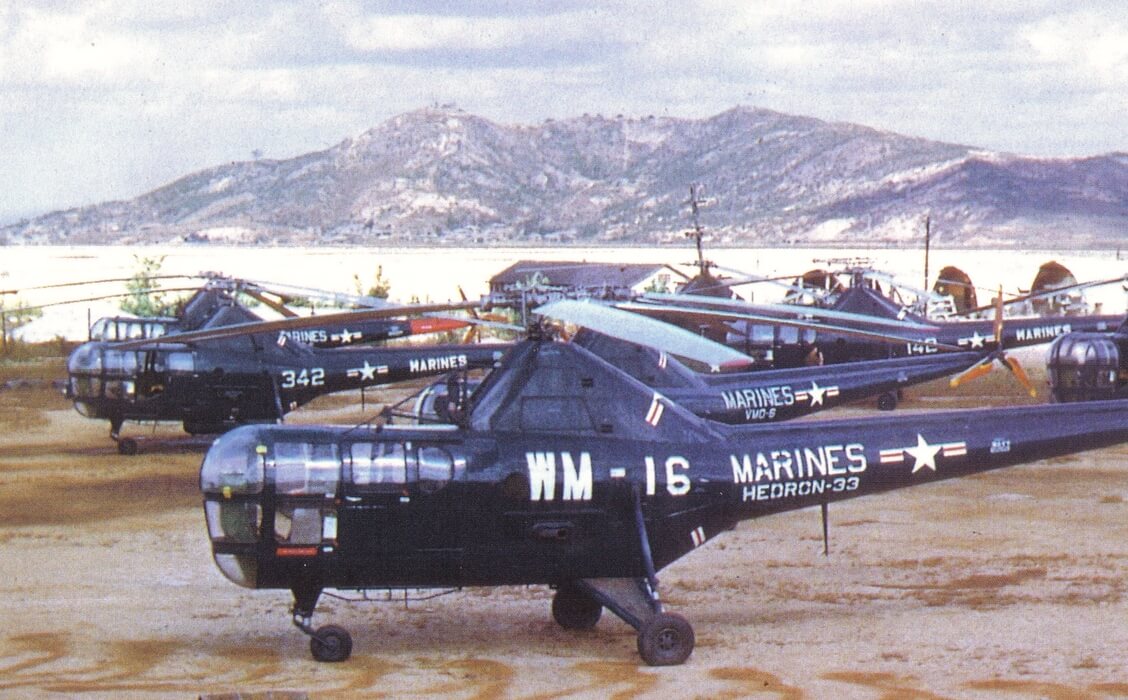
It’s hard to believe that it’s been almost 70 years since these mechanical marvels first took flight. Twisting through the warzone skies, they helped shape not only military strategy in Korea but also future generations of the helicopter technology we take for granted today.
Whether you’re a vintage helicopter lover or a history buff eager to know more about the oft-overshadowed Korean war, you’ve come to the right place.
COMMON MAKES AND MODELS OF HELICOPTERS IN THE KOREAN WAR
Fought between North and South Korea from 1950 to 1953, the Korean War was the first major conflict where helicopters were used in large numbers, turning the air above the battlefield into a swirling mass of steel and rotors. During this period, four rotorcraft in particular—the Bell H-12 Sioux, the Sikorsky H-5, the Hiller OH-23 Raven, and the Sikorsky H-19 Chickasaw—distinguished themselves in the helicopter history books.
In this article, we’ll dig into these four helicopters of the Korean War, exploring their inspiration, specifications, and how they were put into action during this tumultuous period in history. Our goal is to provide you with an appreciation for what these military pilots managed to accomplish despite the primitive aircraft technology and challenging combat conditions. So strap yourself in as we explore some remarkable warbirds!
1. Bell H-13 Sioux
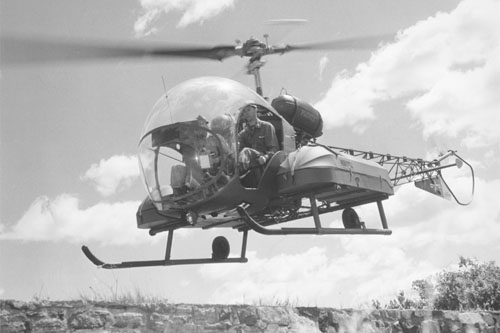
The Bell H-13 Sioux was a light observation helicopter used by the U.S. Army Air Forces during the Korean War. It was developed in 1945 and heavily inspired by Bell’s Model 47, which had already seen extensive use toward the end of World War II. Because of its heavy use as a medevac and reconnaissance vehicle, it soon became one of the most widely used helicopters of its era—with over 2,400 being built for military use by several nations.
The H-13 can be easily recognized thanks to a handful of distinguishing features, such as its “soap bubble” canopy, exposed tube tail, and top-mounted “saddlebag” fuel tanks. Although many people will recall the H-13 from its use in the iconic TV show M*A*S*H. Certain medevac variants were also equipped with panniers above each skid (pictured above), with acrylic glass shields to protect the evacuated soldiers from the wind.
2. Sikorsky H-5
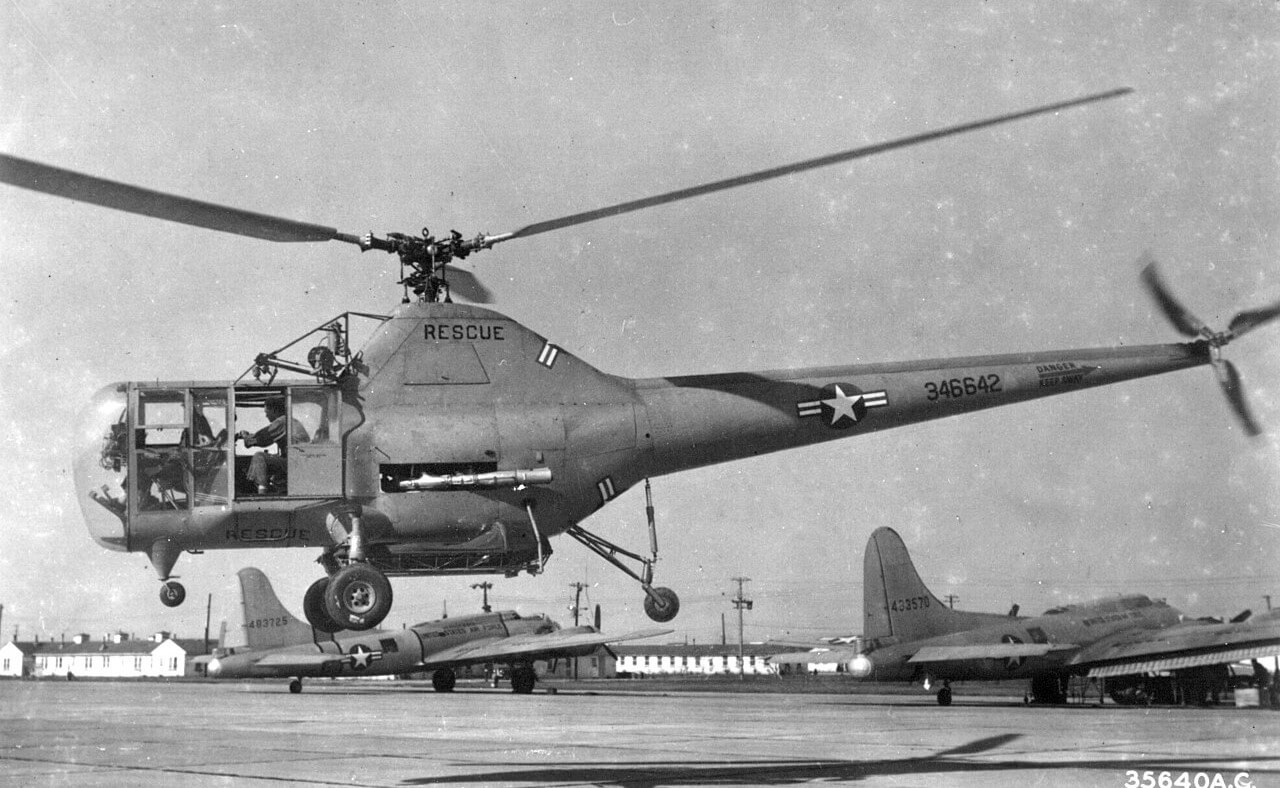
The H-5 (also known as the R-5, S-48, and WS-51 Dragonfly) was an American medium-sized helicopter built by the Sikorsky Aircraft Corporation. First produced in 1944, it was one of the most prominent helicopters in the Korean War and one of the best surviving models of the era.
While originally intended to be a light attack vehicle, the Sikorsky H-5 was repeatedly called upon to rescue downed pilots and evacuate wounded soldiers from the frontline. Its distinctive features include a two-pilot tandem cockpit, extended rotor diameter, and tailwheel-type landing gear.
3. Hiller OH-23 Raven
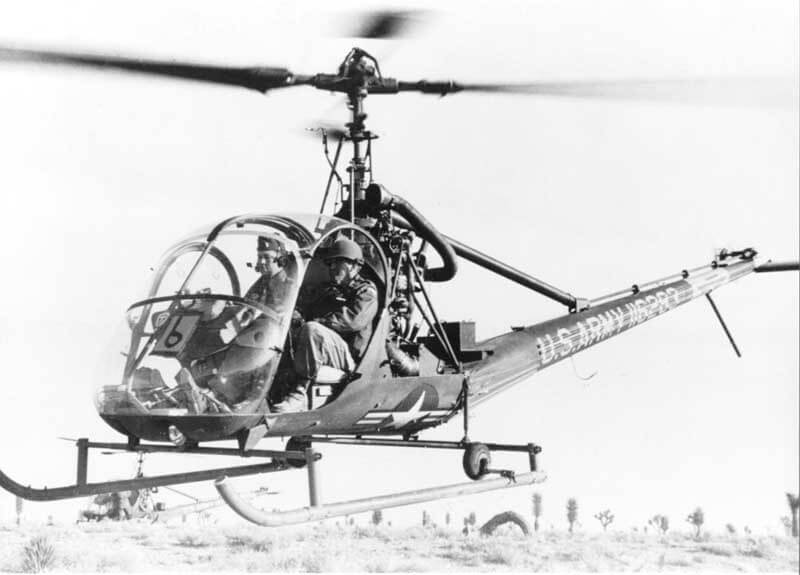
The OH-23 was a light military observation helicopter created by the Hiller Aircraft Company in 1948. During the Korean War, it primarily served in a scouting capacity but was also rolled out for medevac and flight training roles. But in a pinch, the Raven could be equipped with twin M37C .30-caliber machine guns for some additional aerial firepower.
The OH-23 can be quickly recognized due to its distinctive tapered rotor blades, tubular tail column, and clear “goldfish bowl” canopy (reminiscent of the Bell Model 47 and H-13). Most military variants of the OH-23 were powered by a single Lycoming engine with a blistering top speed of 97 mph.
4. Sikorsky H-19 Chickasaw
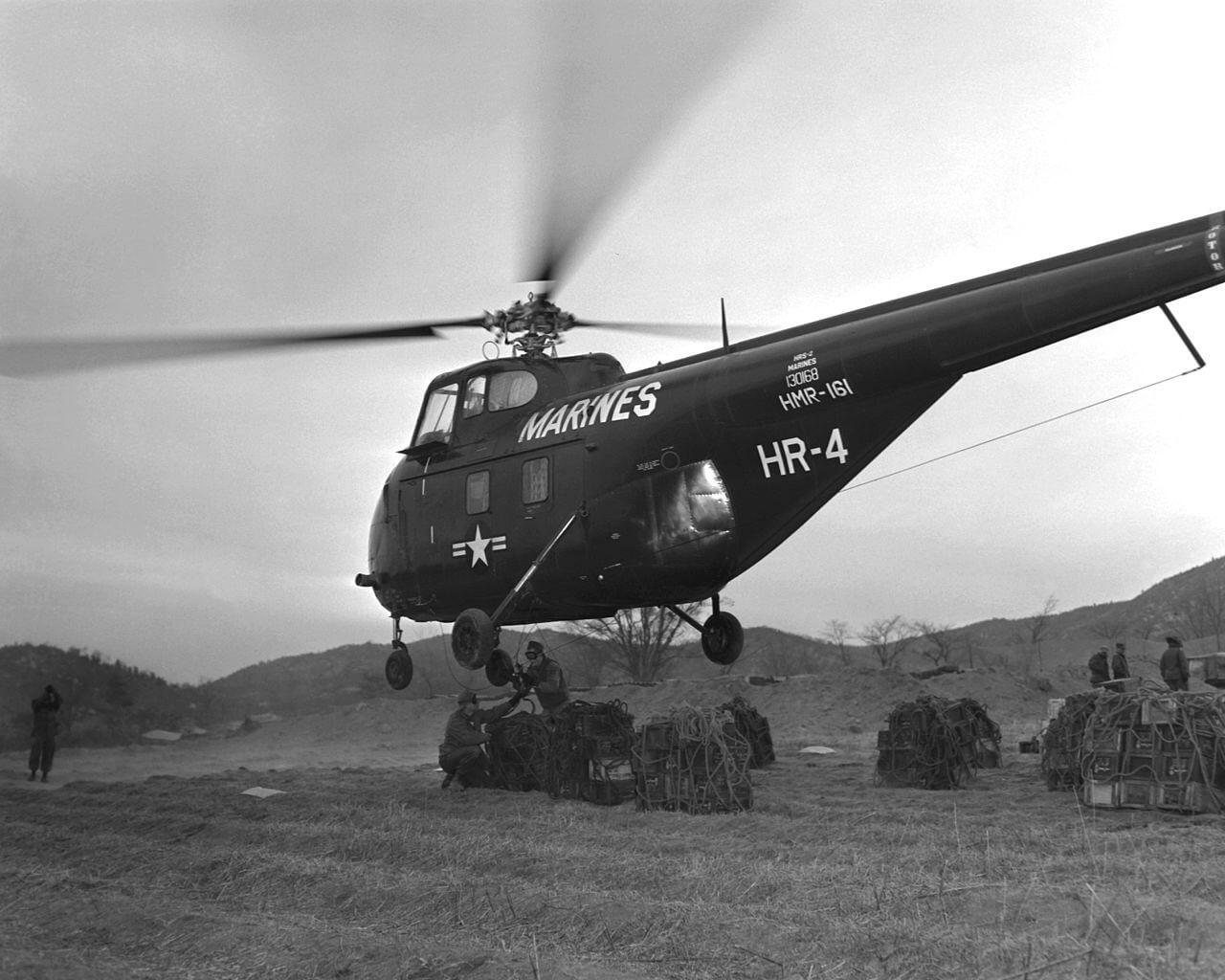
The H-19 Chickasaw was built by Sikorsky Aircraft in 1949 and quickly rose to prominence as one of the U.S. military’s workhorse helicopters during the Korean War. In fact, it was reportedly employed in every major conflict between then and the Vietnam War, making it one of the most successful helicopters of its era.
Like its predecessor, the H-5, the Chickasaw was routinely used to rescue downed pilots and airlift wounded soldiers and casualties away from the frontlines. Unlike its stablemates, however, the H-19’s design relocated the engine to the front of the aircraft, below the crew compartment. This allowed for better weight balancing under differing load capacities, which would often be the case with troop transport.
KEEP READING FOR MORE HELICOPTER HISTORY
These are just a few of the most popular and iconic helicopters in the Korean War. Each one played a pivotal role in the conflict, and their stories will be remembered for decades to come.
If you’re a helicopter enthusiast looking to learn more, check out our post on the history of helicopters in the military. In it, we explore how they’ve been used in wartime operations from WWII to the insurgencies of today. Or, discover more legendary rotorcraft as we take a look at the top helicopters of the Vietnam War and the Iraq War.
You can also shop Chopper Spotter’s lineup of premium helicopter tugs for safer and more secure transportation of your aircraft. Our range of products is designed to help meet the needs of any application, from private owners with a single, lighter helicopter to organizations with a heavy-duty fleet. Request a quote today to start experiencing the ease and maneuverability of the industry’s best ground-handling equipment.